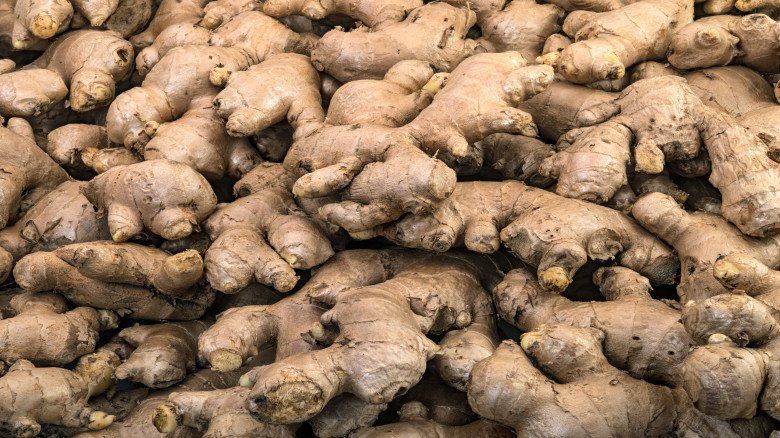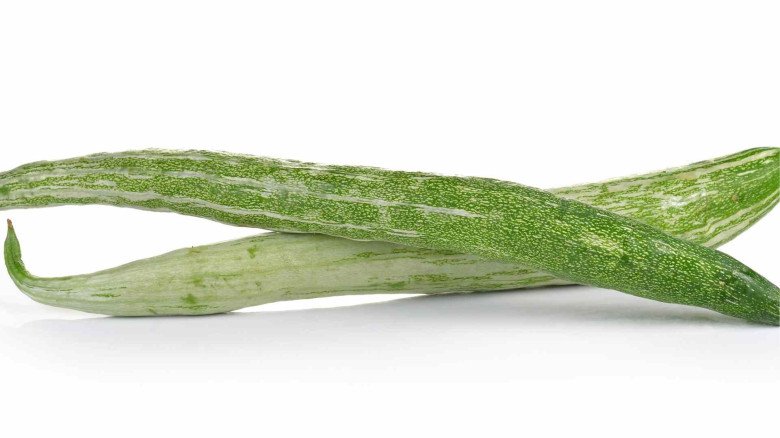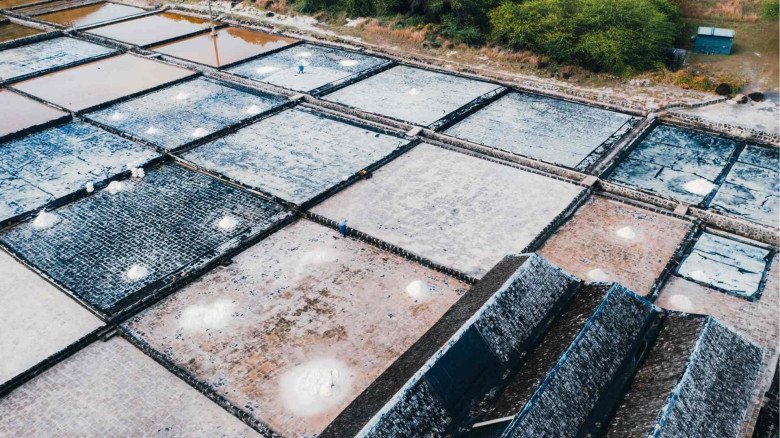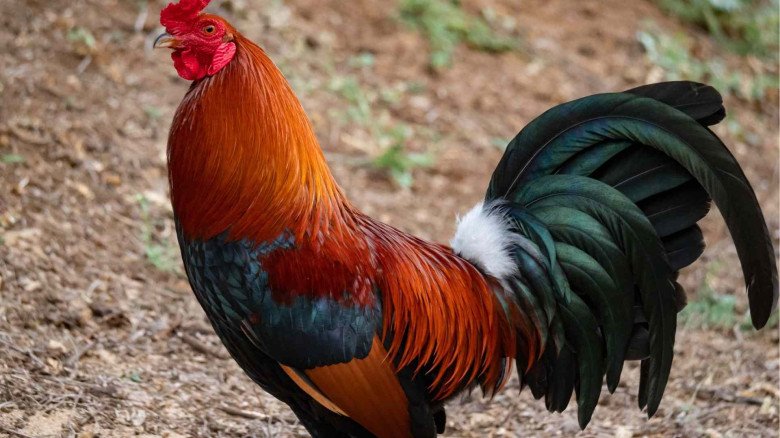Accelerating Groundwater Depletion in Punjab Alarms Farmers and Experts
The majority of Punjab's core regions have already had 150–200 metres of groundwater extracted.
.By 2039, Punjab's groundwater level would fall below 300 metres, according to a monitoring group appointed by the National Green Tribunal (NGT).
.Due to the average annual rate of decline of groundwater levels, which comes out to be around 0.49 metres per year, Punjab's central and southern districts—Barnala, Bathinda, Fatehgarh Sahib, Hoshiarpur, Jalandhar, Moga, SAS Nagar, Pathankot, Patiala, and Sangrur—are highly impacted..As one of the primary remedies to the groundwater issue, experts in agriculture and environmental conservation advise gradually eliminating paddy crops; nevertheless, farmers anticipate secure sales of the substitute crops they grow.
Virvek Kumar
Most Punjabi districts have overextracted their groundwater levels, according to a 2020 block-wise groundwater resources assessment conducted by the Central Ground Water Board (CGWB). Groundwater levels were designated as critical in some areas.
The majority of Punjab's core regions have already had 150–200 metres of groundwater extracted. Punjab's groundwater is predicted by CGWB to go below 300 metres by 2039 if the current depletion continues.
If Punjab's groundwater runs out, experts warn that there would be a serious danger to India's food security. Improvements to canal-based irrigation practices are suggested, including phasing out paddy and redesigning British-era canal infrastructure.
Last month, the district environment plan of Shaheed Bhagat Singh Nagar district (formerly known as Nawanshahr district) was examined by a monitoring committee of the National Green Tribunal (NGT). In addition to highlighting the declining groundwater levels, the committee declared that accessible groundwater extends to a depth of 300 metres (1000 feet) below the surface.
The NGT panel that convened last month included renowned environmentalist Balbir Singh Seechewal, who told Mongabay-India that their forecast of "groundwater depletion in 17 years" was not based on hearsay.
It was derived from the 2019 report by the Central Ground Water Board (CGWB), which examined Punjab's groundwater conditions up till 2017. The study projects that the state's useable groundwater would disappear in the next 22 years if current extraction rates continue.
The groundwater depletion rate in Punjab has not decreased in the last five years. It is 17 years to us now. This is an extremely difficult position. This problem demands the serious attention that each succeeding administration has failed to provide.
Seechewal said Mongabay-India, "This needs to end now, or else nobody would be able to stop Punjab from drowning. Groundwater levels are expected to plummet at an average annual pace of around 0.49 metres per year, according to the analysis.
The most impacted districts in Punjab include those in the central and southern regions, including Barnala, Bathinda, Fatehgarh Sahib, Hoshiarpur, Jalandhar, Moga, SAS Nagar, Pathankot, Patiala, and Sangrur.
There is a limit to how much water can be drawn from below the earth, according to Kahan Singh Pannu, a former bureaucrat who is now the convenor of Punjab Vatavaran Chetna Lehr, an organisation active in mainstreaming environmental concerns in the state.
It is known from science that the first aquifer, which descends to a depth of 100 metres (328 feet), has high-grade water.
Water becomes very polluted and unfit for drinking or irrigation if it falls below 300 metres, or around 1,000 feet, in elevation. "Now, contrast this circumstance with Punjab," Pannu said. The groundwater in Punjab would run out in the first 100 metres by 2029 and go below 300 metres by 2039, according to the CGWB.
Former Punjab Irrigation Department employee Pannu told Mongabay-India that in several places in central Punjab, groundwater levels have already dropped below 100 metres and have reached 150–200 metres (500–600 feet). In the state, there are 138 blocks. Of them, 109 (or 79%) are "over-exploited," which indicates that the blocks are rapidly approaching the 300-meter barrier.
Farmer extraction at that depth will not be financially feasible because to the requirement for larger tube wells and deeper pipelines, which would cost at least 40–50 lakh rupees. However, certain pockets may contain high-quality water over 300 metres, subject to laboratory assessment.
Since Punjab serves as India's food bowl, Pannu requests that the current groundwater depletion be classified as a national emergency. Both wheat and rice are supplied to the nation by Punjab. Food security would become a serious problem for the whole nation if Punjab's farms become barren. Time has arrived to find ways to stop the impending environmental catastrophe before it's too late if the government wants Punjab to keep feeding the country, he said.
Should I stop using paddy now?
Wheat and paddy are the two main crop systems in Punjab. Most groundwater in Punjab is utilised for irrigation, according to CGWB's Groundwater Yearbook. According to renowned agricultural expert Sardara Singh Johal, paddy is more to blame for Punjab's overuse of water resources than wheat crops.
Johal has been pushing for the gradual removal of paddy for more than 30 years. According to Johal, the crop was not originally from Punjab and was instead forced on the state as a part of the 1960s green revolution policy, which included a guaranteed market procurement system.
Punjab, he believes, ended up hurting itself when it had the opportunity to assist the nation attain food security. He suggests gradually removing paddy from at least 50% of the land.
There are around 25–27 lakh hectares of paddy growing in Punjab, including all types. A rice field as large as 10-12 lakh hectares may be grown using Punjab's water resources. Phase-out of the remaining paddy area is urgently needed, according to Johal.
Johal said, "The government needs to consider this problem as an emergency and must ensure the procurement of alternate crops, for paddy to be phased out," in response to a question about how it may be done.
Environmentalists want to lessen reliance on groundwater by expanding the canal-based irrigation system, which was established in the British period, in addition to diversifying crop types. In Punjab, the canal system now irrigates little more than 20% of the agricultural land.
It is possible to meet 38–40% of Punjab's irrigation demands if the present canal system is redesigned and the distribution system is maintained until the fields are restored, according to Kahan Singh Pannu of Punjab Vatavaran Chetna Lehr.
How much do the farmers anticipate?
Crop diversification has been the focus of Punjab's recently elected Aam Aadmi Party administration. It just revealed the plan to provide incentives for groundwater conservation using Direct Sowing of Rice (DSR) technology.
A guaranteed purchase of moong dal was also declared by Chief Minister Bhagwant Mann. As a result, there are now 40,000 hectares under moong, up from 20,000 hectares the previous year. But the planting of moong dal is only an attempt to provide farmers with an additional crop to grow in between the cycles of wheat and rice.
The state administration, according to experts and farmers, should encourage crops like maize that can take the place of rice fields. At this planting season, Punjab's maize acreage is limited to 40,000 hectares.
Farmers are willing to plant any crop other than paddy provided the government ensures that it has the proper procurement price and that government agencies purchase all of the farm's output, according to farm leader Jagjeet Singh Dallewal, who spoke with Mongabay-India. We depend on paddy for our livelihood, therefore it will be tough to phase it out until this occurs.
He claims that because of several policies, farming is already no longer profitable. "A guaranteed return is a prerequisite for any successful modification in crop pattern," he said.
-logo.webp.png)
.jpg)
-logo.webp.png)


































Leave A Comment